Ways to accelerate the ripening of tomatoes in a greenhouse and open field
It so happens that tomatoes hang green for a very long time and are in no hurry to paint, and in fact, in a short summer (= warm season), because of this, you can be left without most of the harvest or even lose it during the invasion phytophthora... What needs to be done so that the tomatoes begin to sing faster, blush and gain sweetness?
Obviously, you have to help them somehow.
Next, let's talk about how to speed up the ripening of tomatoes on a bush in a greenhouse and open field.
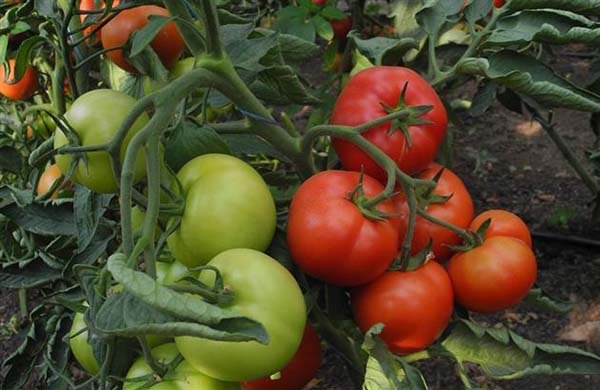
Content
- 1 Why tomatoes do not turn red on the bush for a long time and why accelerate their ripening
- 2 How to speed up the ripening of tomatoes in the greenhouse and open field
- 2.1 Reducing watering and nitrogen fertilization
- 2.2 Mechanical damage to fruits (piercing)
- 2.3 Mechanical damage to the stems (through cut)
- 2.4 Damage to plant roots
- 2.5 Trimming the top
- 2.6 Removal of untied inflorescences
- 2.7 Removing leaves shading fruits - improving lighting
- 2.8 Chemical damage: spraying with a solution of salt, iodine or magnesium sulfate
- 3 Ripping tomato fruits at home
Why tomatoes do not turn red on the bush for a long time and why accelerate their ripening
Tomatoes are usually in no hurry to acquire color due to the fact that:
- you planted a medium-late and late variety;
- to improve the setting and increase the number of ovaries, you used preparations based on gibberellic acids (Bud or Ovary), which significantly delay the ripening of tomatoes.
Naturally, the main reason for speeding up the ripening of tomatoes is the desire to harvest as soon as possible. But there are others:
- Want to harvest most of your harvest before it rages late blight.
- You have a lot of green tomatoes, and the warm season is about to end (there are just a couple of weeks of warmth left).
Keep in mind! Dose tomatoes when they gained their mass (normal for a given variety), i.e. are at the stage of milk ripeness... If you accelerate the ripening of completely green tomatoes, then the fruits will ripen, not having time to fully grow, = they will be small (not matured).
How to speed up the ripening of tomatoes in the greenhouse and open field
Acceleration of ripening (ripening) of tomatoes on a bush means a set of colors corresponding to their full ripeness = maturity (red, pink, orange or yellow, black).
There are many ways to speed up the ripening of tomatoes on a bush. Next, let's talk about each of them in more detail.
Reducing watering and nitrogen fertilization
It is worth knowing that during the period of fruit ripening watering should be minimal. Also especially important completely eliminate the use of nitrogen fertilizers.
By the way! The site has separate articles about how to water tomatoes and feed tomatoes during fruiting.
Mechanical damage to fruits (piercing)
Perhaps the most common way to accelerate the ripening of tomatoes is mechanical damage.
For this you need take a toothpick (or another thin and sharp object, say, a needle), sterilize it in an alcoholic solution, for example, the same salicylic acid or hydrogen peroxide (wipe with a moistened cotton pad), and then at the base of the fetuswhere it is attached to the stalk, inflict one shallow (0.5 cm) puncture (if the fruit is large enough, it is better to make 2 punctures). After that disinfect the injection site... Rub the needle again in alcohol solution and repeat all operations on the next green tomato. Soon the wounds (punctures) will heal, and the tomatoes will ripen much earlier.
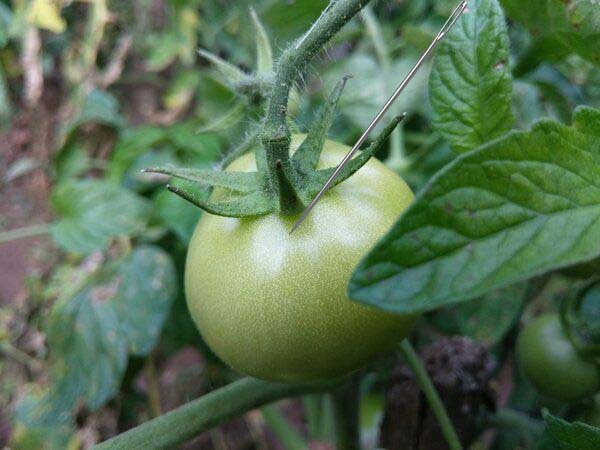
Important! If you don't disinfect the punctures themselves, they can literally act as a gateway for infection. However, this technique is recommended to be used only in the case when there are no signs of diseases of the same phytophthora not visible.
Mechanical damage to the stems (through cut)
In this case, you need to do through cut with a knife (or another blade) at a height of 10-15 cm from the ground at the base of the stem length 2-3 cmand then insert a toothpick or chip (flat wooden plate) into it.

Interesting! Some gardeners advise to insert not just a wooden plate, but a piece copper wire.
Damage to the stem will force the plant to direct all its forces towards reproduction, i.e. to accelerate the ripening of tomato fruits.
Damage to plant roots
You can also resort to this, very similar to the previously sounded, method that will help to significantly speed up the filling of tomatoes. Namely, you need slightly tear the roots of each tomato bush... The effect will be similar: the plants will begin to receive less nutrients and moisture, so they will put all their energy into the ripening of tomatoes.
Trimming the top
If you planted tall indeterminate tomatoes, then without fail you need to artificially limit their growth already at the end of July - early August, namely, cut off the top-top (growth point), otherwise the bush will continue to grow and the fruits simply will not have time to ripen by the end of the warm season.
If you grow tomatoes in a greenhouse, then the top is cut (remove the growing point) when the liana reaches the top of the greenhouse, or the second half of July begins (the very time for the beginning of active fruiting).
Video: how to speed up the ripening of tall (indeterminate) tomatoes
Removal of untied inflorescences
Obviously, all flowers that did not have time to set by the end of July - early August should also be removed, because such fruits are unlikely to have time to ripen, but they can take on excess nutrition, thereby inhibiting the ripening of other fruits.

Removing leaves shading fruits - improving lighting
Another way to increase the rate of ripening of tomato fruits is to prune the leaves, which shade the tomatoes and prevent them from ripening quickly. By removing excess leaves fruits will be able to receive more sunlight and ripen faster.
Usually, it is the lower leaves that are removed, i.e. those below the fruit.
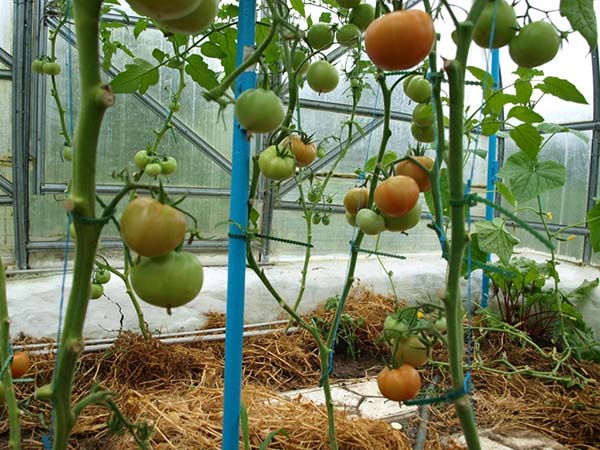
Chemical damage: spraying with a solution of salt, iodine or magnesium sulfate
The essence of this method consists in chemical damage to the plant when at the end of the growing season you artificially create stressful conditions for him and, in order to save himself, the tomato directs all his forces to ripen the fruits.
So, you can prepare a salt solution for spraying bushes (1 glass of table salt = 200 grams per 10 liters of water).
However! Salinization of the site has very sad consequences ...
But it is much more efficient and safe to use:
- alcohol solution of iodine (10-15 ml of iodine per 10 liters of water);
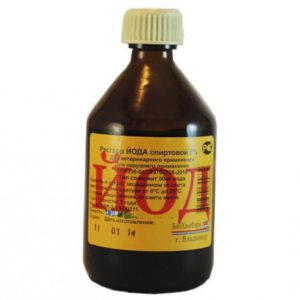
- or a solution of magnesium sulfate (10 grams per 1 liter of water).
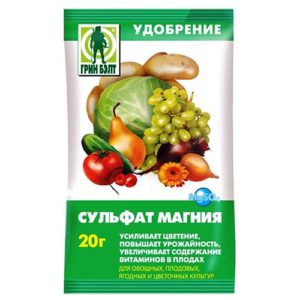
Note! Chemical treatment (spraying) of the bushes will make the plant completely stop all growth and the formation of new fruit clusters, i.e. the tomato will direct all its forces exclusively towards coloring the fruit. In other words, this method can be applied only at the very end of the growing season (at the end of August - September).
Ripping tomato fruits at home
By the way! Of course, it is quite successfully possible to ripen tomatoes at home (and not on a bush), so this is described in more detail. in this article.
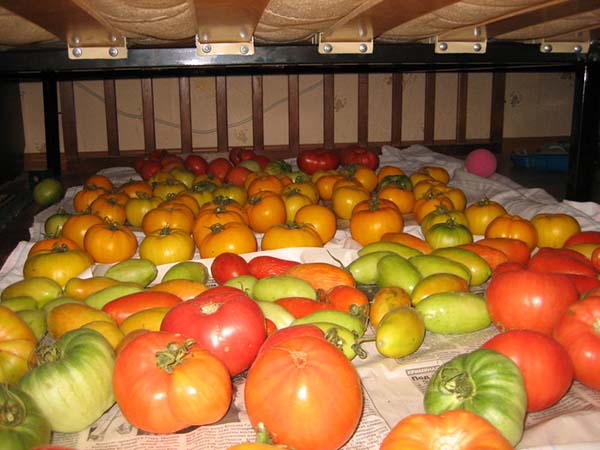
Video: ripening tomatoes in folk ways on a bush and after collecting green fruits
Thus, now you know how you can accelerate the ripening of tomato fruits on the bush. As you can see, there are enough ways. The main thing is not to be afraid to experiment, try all the techniques and choose the most optimal for you.
Advice! Many novice gardeners are simply afraid or feel sorry for damaging the fruits and stems of tomatoes. However, this method has been tested by time and experience of many summer residents, and there is nothing dangerous or scary in it.
Video: techniques for accelerating the ripening of tomatoes on a bush

